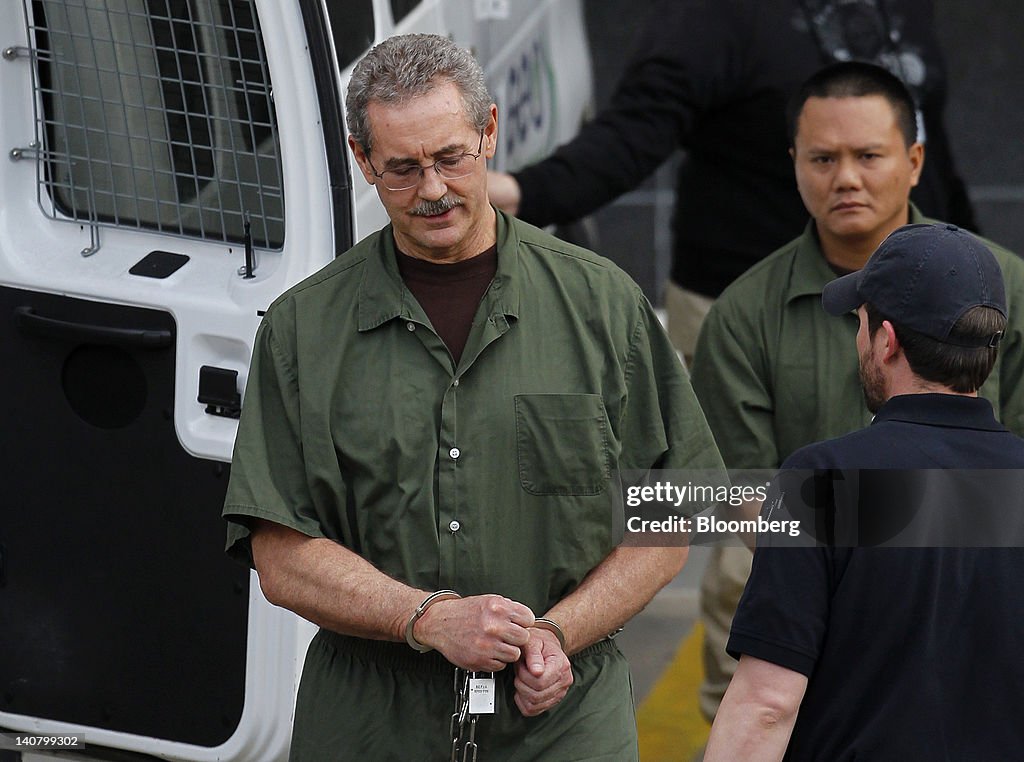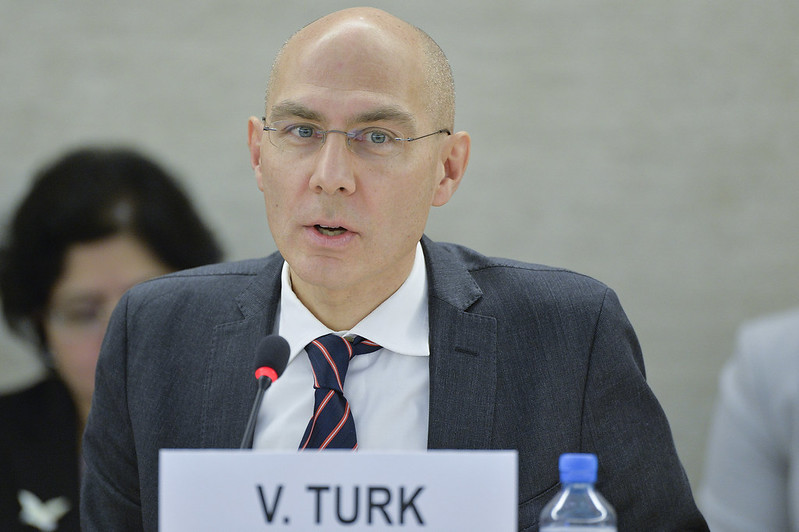News Americas, New York, NY, 8 October 2024: Remember Robert Allen Stanford’s infamous scheme that put Antigua & Barbuda in the global spotlight for all the wrong reasons? As Stanford serves a 110-year sentence at Florida’s Coleman II federal prison, the victims of his company, Stanford Financial, are finally on the verge of recovering some of their losses.

Stanford, a Texas financier, was convicted of orchestrating a $7 billion Ponzi scheme through Stanford International Bank Ltd., his offshore bank on the Caribbean island of Antigua. Now, 14 years later, progress is being made for the victims.
Ralph S. Janvey, the securities attorney named as receiver in the case, is handing out substantial payments after a settlement reached last year. So far, Janvey has returned approximately $609 million to former Stanford clients, with an additional $157 million ready for disbursement, adding to the $1.2 billion already set aside. While that’s far less than the $4.9 billion in total claims owed to over 20,000 customers worldwide, it’s more than many victims are expected to ever recover.
Hedge funds and other investors in distressed assets have bought about $700 million in claims, according to Baker Botts, the law firm assisting Janvey. Victims like Annalisa Mendez, who lost $400,000, noted that many desperate people sold their claims to these funds for a fraction of their value. Others, like Jean Anne Mayhall, who withheld her $500,000 request, expressed frustration at the long wait. Many victims, including Mayhall’s mother, sold their claims after years of delays, while some died before receiving any compensation.
Although there is no public list of the hedge funds that bought the claims, firms such as Contrarian Capital, Whitebox Advisors and Farallon Capital Management are believed to be among the biggest buyers. Hedge funds typically bought these claims at 14 to 17 cents on the dollar, with prices jumping to around 35 cents after the bank bailout was announced in early 2023.
Despite frustrations over the lengthy process, the claims market remains active. Victims of other financial scandals, including the collapse of cryptocurrency exchange FTX and Bernie Madoff’s infamous Ponzi scheme, have similarly sold their claims. Recovery rates vary; in Madoff’s case, nearly 90% of investors’ losses were recovered thanks to aggressive federal prosecution and settlements with big banks.
In the Stanford case, Janvey and his legal team faced criticism from victims over the time it took and the high fees paid to attorneys, which have totaled $463 million over 15 years, with another $38 million pending. soon. Victim advocate Angela Shaw Alexander described the fees as excessive given the slow pace of returns.
Janvey defended the process, noting that the fraud at Stanford was extensive and complex, requiring years of costly litigation. While federal authorities initially expected to recover at least $2 billion from Stanford’s bank in Antigua, only $63 million in cash and some assets such as real estate and private equity investments were ultimately seized.
For Robert Allen Stanford, now 74 and inmate number 35017-183, the earliest possible release date is March 13, 2103.


